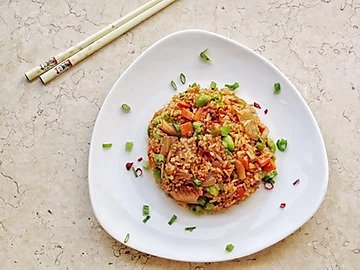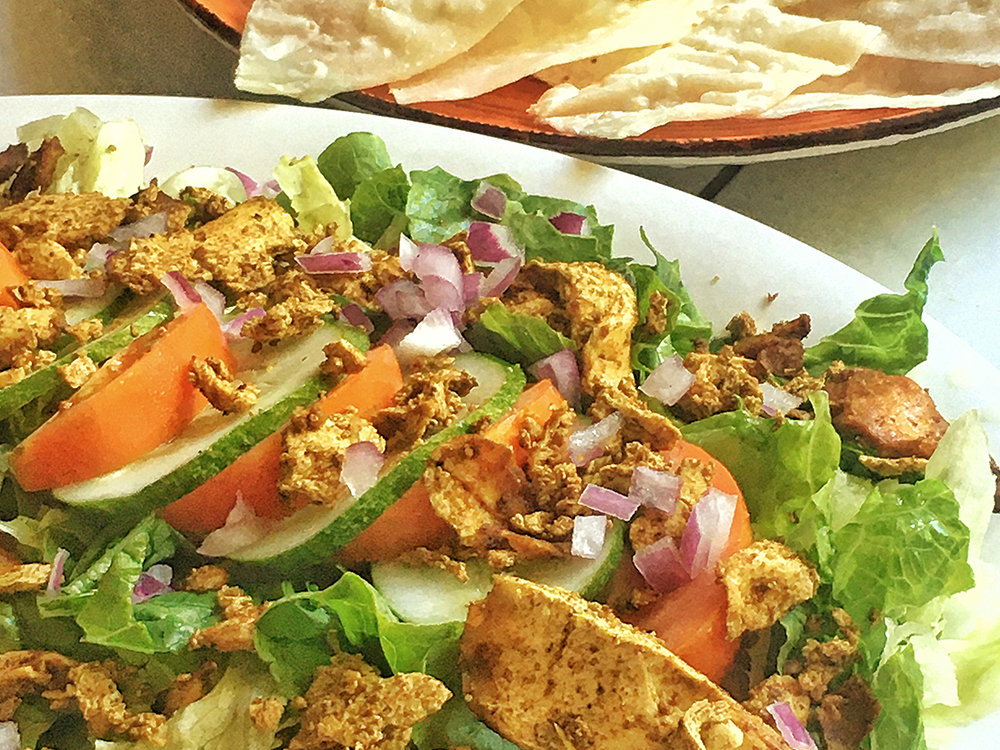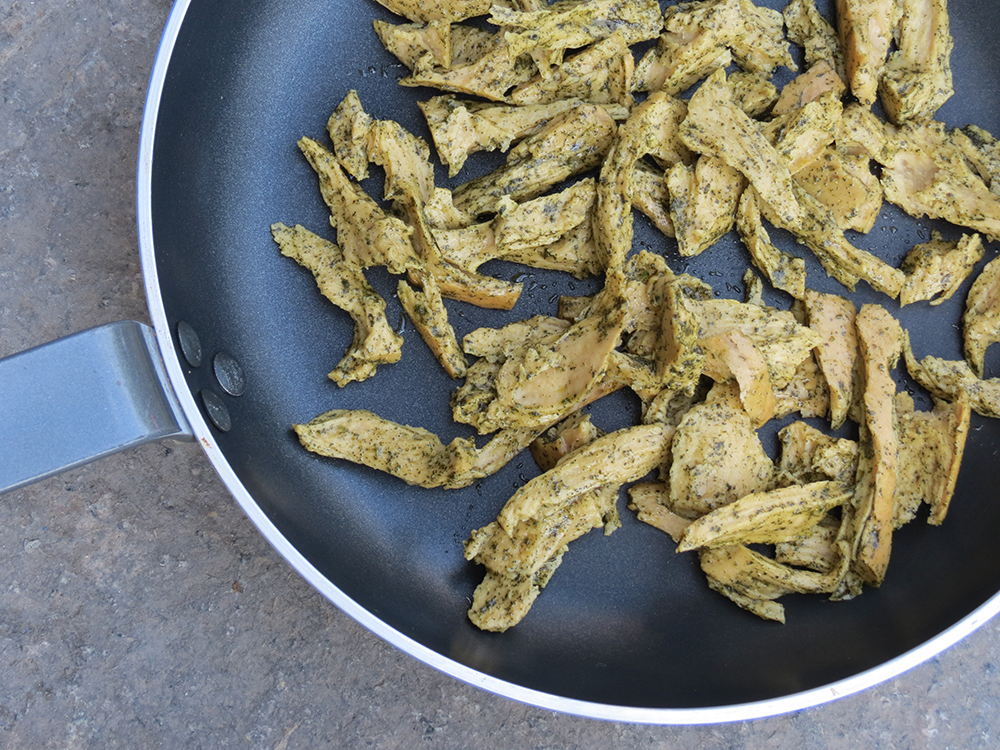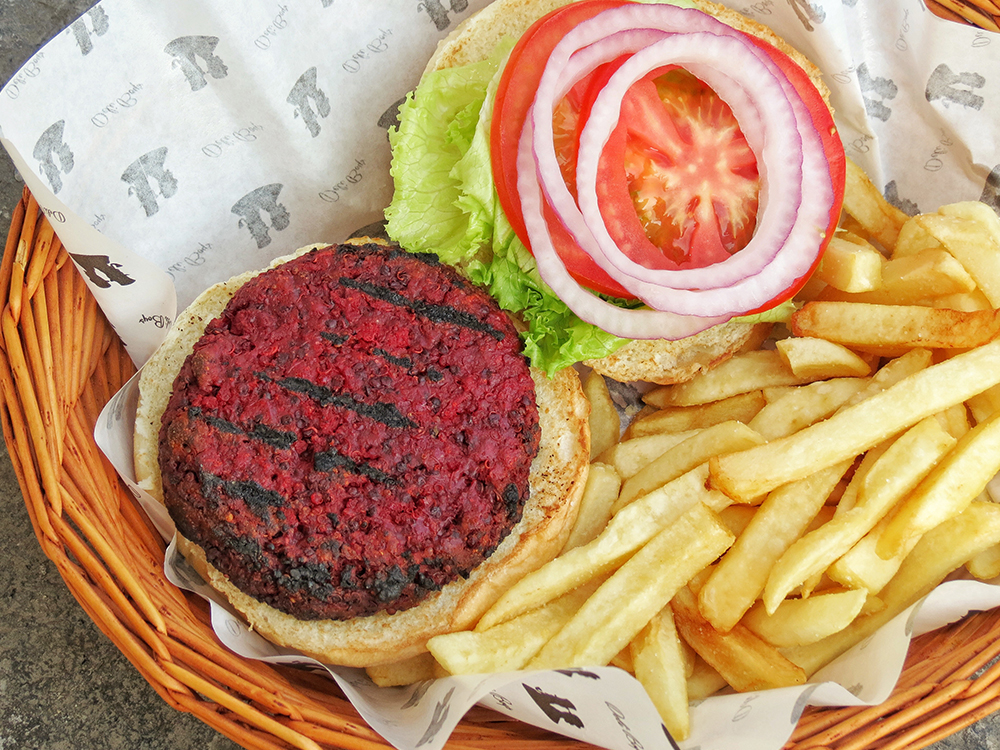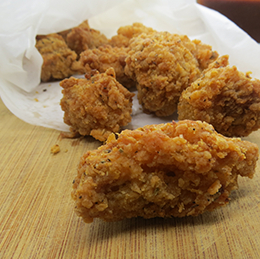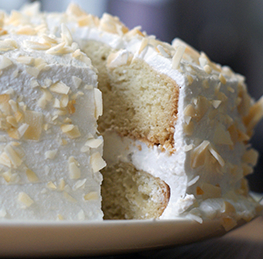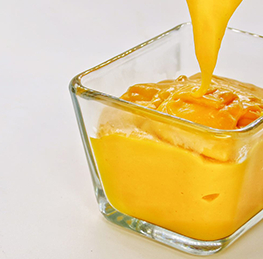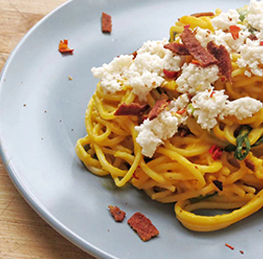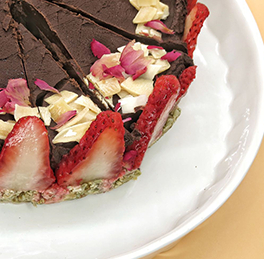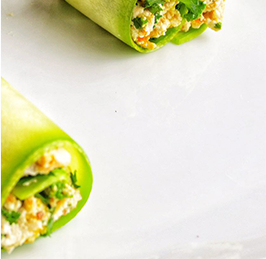Easy Kimchi Fried Rice
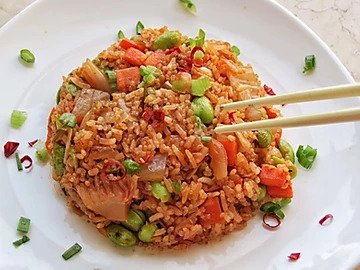
Before moving to Asia I really hadn’t even heard of kimchi. Of course, I had eaten lots of pickles. Fried pickles, pickles on salads, pickles on veggie burgers, pickles straight out of the jar. If you have read my Lemon Pepper Tofu post, you will know how much I love, love, love sour foods.
When I moved to China, I was introduced to the most AMAZING fermented foods. I mean, I had definitely had my fill of fermented goods in the form of beer and liquor, but those are far from the healing fermented foods that Asian cultures created. One that has gained lots of popularity in the West since I moved here almost 9 years ago is kimchi! My Korean friends are super proud of this national treasure, and I totally understand why. Thank goodness it’s been spread throughout the globe because this stuff is delicious. Seriously, as I write this and think about getting a whiff of the stuff my mouth is watering.
So, what is kimchi anyway?
I am so glad you asked.
Way, way back in the day, before heaters and refrigerators, Koreans had to face the cold brutal winter by freezing their you-know-whats off. Of course, ain’t nobody was gardening during the cold months, so they devised a way to still be able to eat their veggies in the winter by preserving them in jars and storing them underground to shelter them from the cold winters.
Speaking of hot, kimchi originally was not spicy. It was only when the Portuguese brought red chili peppers to Asia that they became an essential ingredient of the version of kimchi we know and love today. Cabbage is the star ingredient of kimchi, which along with chili powder (gochugaru in Korean), is mixed with ingredients like garlic, ginger, and salt. However, the combinations of different ingredients can vary a lot, and there are said to be 180 versions of kimchi! Many modern versions of kimchi contain fermented fish paste, so vegans need to be on the lookout. However, traditional kimchi used things apples and pears as the fermenting agent, as the sugars in these fruits provide the healthy bacteria all they need to survive and grow.
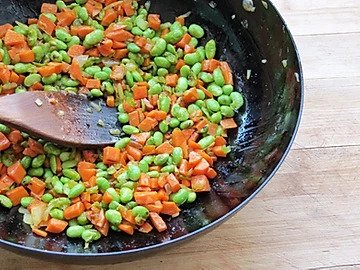
You can find loads of fermented vegetables at your local Chinese wet markets, or if you are in the West, your local Asian markets. This would also be good with Chinese “pao cai”, the homegrown version of spicy fermented veggies. It’s also possible to make kimchi quite easily at home. The hardest part is waiting for the fermentation process!
I love this recipe because it’s easy to make, and it’s full of simple yet flavorful ingredients. To pump up the protein I used a mixture of white Thai rice and quinoa.
I made the rice and quinoa the day before in the rice cooker with a quarter of a bullion cube for added flavor. It’s important that your rice is cold, so be sure to complete this step a day ahead. If it’s not cold the result will be mushy, and nobody wants mushy fried rice! You could also make this low-carb by replacing the white rice with cauliflower rice, or if you don’t mind the carbs but don’t want the rice, go for all quinoa instead!
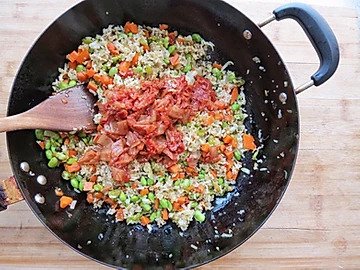
Ingredients:
- 1 medium onion, diced small
- 2 medium carrots, peeled and diced medium
- 1.5 C shelled edamame, washed if using fresh (frozen works well too!
- 1/4 tsp salt
- 2 cloves garlic, minced
- 2 inches peeled fresh ginger, minced or grated
- 2 cups cold rice and quinoa mixture
- 1 cup diced kimchi (make sure it’s vegan!)
- 1 tbs soy sauce
- 1 tsp sesame oil
- 2 scallions, sliced, white parts and green parts separated
Directions:
- Heat wok over medium-high heat and add cooking oil, heat for 30 seconds. Add onion, carrots, and edamame and salt. Cook for 5-7 minutes, stirring from time to time, until carrot and edamame are tender. Transfer to a bowl and set aside.
- Return wok to heat and add a bit more cooking oil. Add ginger and garlic and stop fry for about 30 seconds. Add cooked rice and stir fry the mixture for 3-4 minutes, until rice is cooked through and a bit browned. Make sure the pan doesn’t get too hot and frequently scrape the bottom of the wok so the mixture doesn’t burn.
- Add cooked onion, carrots and edamame to the rice mixture in the wok, as well as diced kimchi and white parts of sliced scallions. Stir and cook for an additional 3 minutes.
- Remove from heat and add soy sauce and sesame oil. Add to serving bowls and garnish with the green parts of the scallions. If you like it extra spicy, add some red pepper flakes as well!
